Moderní lyže jsou navrženy s precizností, kombinují materiály jako dřevo, skelná vlákna a kov pro zlepšení výkonu. Zde je rychlý přehled:
- Jádro: Dřevo (jasan, bříza, bambus) nebo kompozit pro pevnost, pružnost a pohlcování vibrací.
- Výztuha: Vrstvy ze skelných vláken, uhlíku nebo kovu pro tuhost a stabilitu.
- Spodní strana: P-Tex pro rychlost a odolnost (sinterovaný pro pokročilé lyžaře, extrudovaný pro začátečníky).
- Hrany: Ocel pro přilnavost a kontrolu.
- Vrchní vrstva: Polymery nebo dřevo pro ochranu a styl.
Snowfeet* short skis (15–47 palců) nabízejí přenosnost a obratnost, ideální pro rychlé zatáčky, terénní parky a menší svahy. Na rozdíl od tradičních lyží (59–75 palců) jsou lehké, vejdou se do batohu a fungují se standardními zimními botami.
Rychlé srovnání
| Vlastnost | Tradiční lyže | Snowfeet* Short Skis |
|---|---|---|
| Rozsah délky | 59–75 palců (150–190 cm) | 15–47 palců (38–120 cm) |
| Jádrový materiál | Dřevo/kompozit | Vyztužené skelnými vlákny |
| Konstrukce | Sendvičová/Cap konstrukce | Vyztužené skelnými vlákny |
| Přenosnost | Objemné, vyžadují skladování | Kompaktní, vejde se do batohu |
| Kompatibilita bot | Vyžadují lyžařské boty | Funguje s zimními botami |
Snowfeet* spojují odolnost a pružnost, díky čemuž jsou ideální pro skaterky nebo ty, kteří hledají zábavný a dynamický zážitek z lyžování.
Jak se vyrábějí lyže | Anatomie lyže | Epizoda 1: Běžecké plochy
Materiály a stavební metody
Moderní konstrukce lyží kombinuje specifické materiály jádra, výztužné vrstvy a stavební techniky pro doladění výkonu. Použité materiály a metody přímo ovlivňují, jak lyže zvládají různé podmínky.
Typy jádra lyže
Druh dřeva použitý v jádru lyže ovlivňuje její pevnost, pružnost a schopnost absorbovat vibrace:
| Jádrový materiál | Vlastnosti | Nejvhodnější pro |
|---|---|---|
| Tvrdé dřevo (Jasan, Javor) | Husté a silné | Závodní, agresivní carving |
| Středně těžké dřevo (Topol, Topolovka) | Vyvážená hmotnost a pevnost | Všestranné použití na horách |
| Lehké dřevo (Paulovnie) | Extrémně lehké a citlivé | Backcountry a touring |
"Dřevěné jádro změní pocit z lyže, pokud jde o tlumení nebo živost, ale záleží také na tom, kolik uhlíku a skelných vláken lyže obsahuje. Největší rozdíl udělá, jak tyto ingredience smícháte."
– Luke Jacobson, CEO Moment Skis
Snowfeet začleňuje specializované materiály jádra do svých kratších lyží, čímž dosahuje rovnováhy mezi stabilitou a obratností.
Výztužné materiály
Vrstvy kolem jádra zvyšují jak odolnost, tak výkon lyží. Běžné výztužné materiály zahrnují:
- Skelná vlákna: Přidávají tuhost a udržují silný poměr pevnosti k hmotnosti.
- Titanal: Tato hliníková slitina zvyšuje stabilitu a snižuje vibrace. Wagner Skis vysvětluje: "Kov tlumí vibrace, přenáší sílu na hrany a poskytuje bezpečnější platformu pro uchycení."
- Uhlíkové vlákno: Lehký a citlivý materiál, který zlepšuje výkon, aniž by výrazně přidával na váze.
Sendvičová vs. Cap konstrukce
"Sendvičová konstrukce používá boční stěny po celé délce lyže... Tento styl konstrukce funguje velmi dobře pro všechny typy lyží, protože nabízí nejlepší, nejkonzistentnější pocit z lyže a můžete si být jisti, že vaše hrany budou v náročnějších podmínkách pevně držet sníh." – Folsom Custom Skis
Sendvičová konstrukce nabízí lepší držení hran, rovnoměrné rozložení tlaku a zvýšenou odolnost, což ji činí ideální pro náročné podmínky. Konstrukce typu cap naopak poskytuje lehčí a cenově dostupnější variantu.
Snowfeet využívá pokročilé konstrukční techniky přizpůsobené konkrétnímu účelu každého modelu, což zajišťuje, že jejich krátké lyže poskytují výkon potřebný pro obratnost a kontrolu. Tyto metody jsou klíčem k vynikajícímu výkonu jejich designů.
Hlavní části lyže a jejich použití
Design a materiály lyže hrají velkou roli v její rychlosti, ovladatelnosti a odolnosti.
Materiály skluznice a rychlost
Skluznice lyže ovlivňuje, jak hladce klouže a kolik údržby vyžaduje. Většina lyží používá pro skluznice P-Tex (polyethylenový plast), který se dělí na dva hlavní typy:
| Typ skluznice | Vlastnosti | Ideální pro |
|---|---|---|
| Sintrovaný | Vyšší molekulová hmotnost, pórovitější, rychlejší skluz | Pokročilí lyžaři, závody |
| Extrudovaný | Nižší molekulová hmotnost, méně pórovité, odolnější | Začátečníci, půjčovné lyže |
Design hran a bočnic
Design hran a bočnic dolaďuje citlivost a odolnost lyže. Zde jsou některé běžné možnosti:
- Plné obalení hran: Poskytuje silný záběr hran a maximální odolnost.
- Částečné obalení hran: Snižuje hmotnost, což usnadňuje zatáčení.
- ABS bočnice: Zlepšují odolnost proti nárazům a kontrolu hran.
Důležitá je také konstrukční metoda. Sendvičová konstrukce, která používá ABS bočnice, obvykle nabízí lepší výkon hran, zatímco kapová konstrukce je lehčí, ale méně přesná.
Materiály vrchní vrstvy
Vrchní vrstva chrání vnitřní vrstvy lyže a přispívá k její celkové odolnosti a stylu. Běžné materiály zahrnují:
| Materiál | Výhody | Běžné použití |
|---|---|---|
| Nylon | Lehké a odolné proti poškrábání | Všestranné lyže |
| Kompozit | Odolné s možností přizpůsobení pružnosti | Vysoce výkonné modely |
| Dřevo | Přirozený pocit a jedinečný vzhled | Prémiové lyže |
Každá z těchto částí spolupracuje, aby zajistila, že lyže dobře funguje za různých sněhových podmínek a teplot. Volba materiálů přímo ovlivňuje, jak se lyže chová na svahu.
sbb-itb-17ade95
Standardní lyže vs. Snowfeet* design
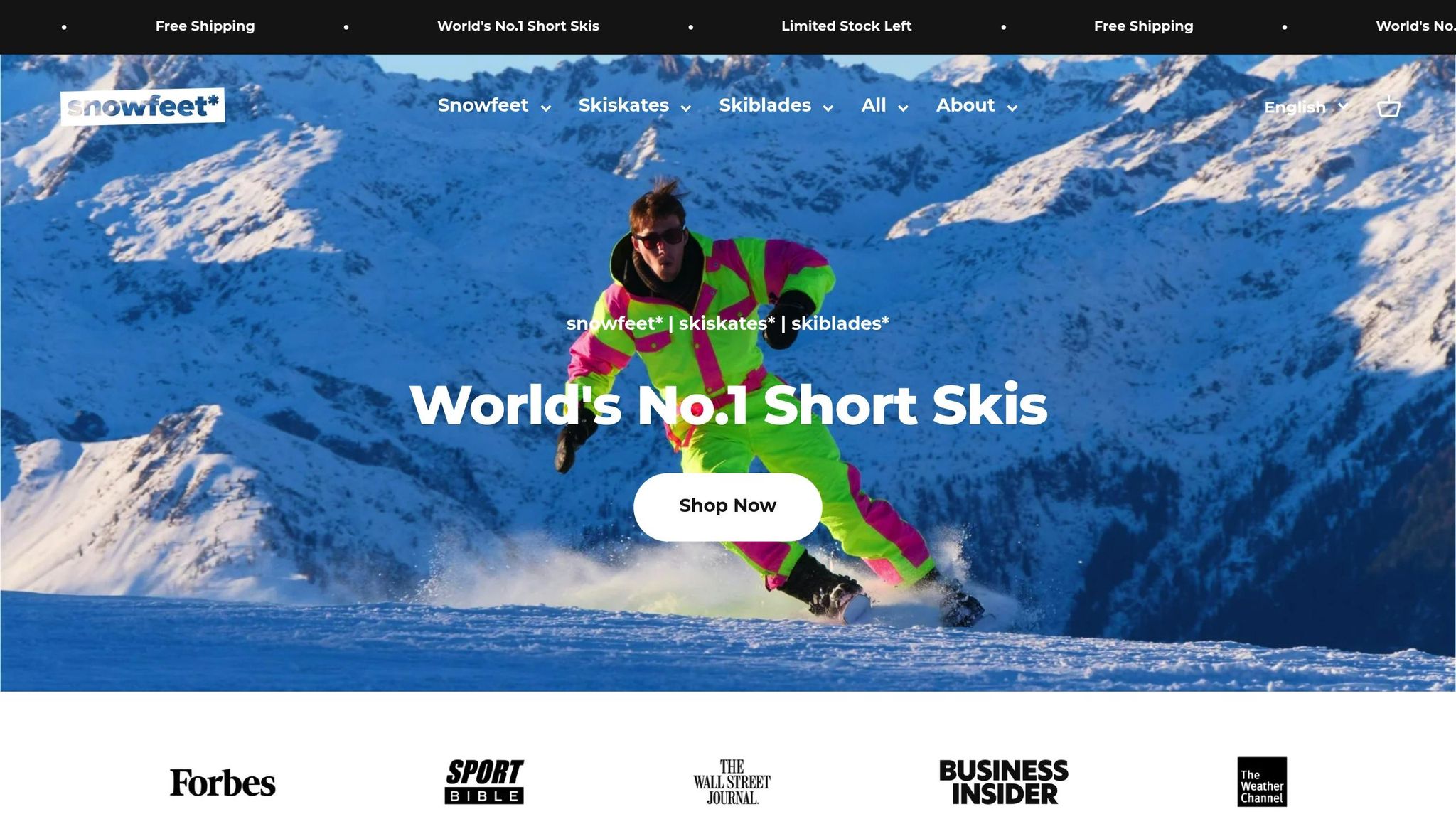
Způsob, jakým jsou tradiční lyže a Snowfeet* postaveny a navrženy, vede k výrazným rozdílům ve výkonu a uživatelském zážitku.
Rozdíly ve stavbě a materiálech
Tradiční lyže jsou obvykle vyrobeny s laminovaným dřevěným jádrem, obklopeným kompozitními vrstvami, vrchním plátem, skluznicí a bočnicemi. Snowfeet* naopak používá materiály vyztužené skelnými vlákny, které poskytují pevnost a pružnost.
| Vlastnost | Tradiční lyže | Snowfeet* |
|---|---|---|
| Jádrový materiál | Kombinace dřeva a pěny | Materiál vyztužený skelnými vlákny |
| Konstrukce | Vrstvený sendvič nebo cap | Design vyztužený skelnými vlákny |
| Rozsah délky | 150–200+ cm | 38–120 cm |
Tyto rozdíly ve konstrukci přímo ovlivňují, jak každý typ lyží funguje na svazích.
Výhody velikosti a přepravy
Snowfeet* vynikají svou přenosností. Na rozdíl od tradičních lyží, které často vyžadují nosiče na auto nebo velké přepravní tašky, se Snowfeet* snadno vejdou do batohu. Navíc fungují se standardními zimními nebo snowboardovými botami, což eliminuje potřebu speciálních lyžařských bot. Tato praktičnost přinesla Snowfeet* impozantní hodnocení 4,9/5 z více než 1 000 recenzí.
Povrch a využití terénu
Přenosnost není jedinou výhodou – Snowfeet* také dobře fungují na různých typech terénu. Jejich kratší délka nabízí specifické výhody:
| Typ terénu | Výhody výkonu |
|---|---|
| Upravené sjezdovky | Lepší ovladatelnost a rychlé zatáčky |
| Terénní parky | Skvělá kontrola pro triky a skoky |
| Boule | Snazší průjezd přes boule |
| Místní kopce | Perfektní pro menší svahy a příležitostné použití |
"S těmito malými lyžemi se cítíte mnohem obratnější, rychlejší a především – pohodlně. Žádné přezky, žádné těžké boty – jen připnout a vyrazit."
Kompaktní design Snowfeet* je obzvlášť vhodný pro freestyle lyžování a aktivity v terénních parcích, kde jsou klíčové rychlé pohyby a přechody. Zatímco tradiční dlouhé lyže vynikají stabilitou při vysokých rychlostech, Snowfeet* se zaměřují na obratnost a hravost, což je ideální pro jezdce hledající dynamičtější zážitek.
Jak materiály formují výkon
Volba materiálů hraje zásadní roli při definování výkonu lyží, staví na zavedených principech konstrukce lyží.
Ohyb a odezva
Materiál jádra lyže určuje její pružnost a návrat energie. Dřevěná jádra jsou široce považována za měřítko konstrukce lyží, protože efektivně uchovávají a uvolňují energii během zatáček.
Vliv dřevěného jádra na pružnost a energii:
| Druh dřeva | Charakteristiky |
|---|---|
| Tvrdé dřevo (jasan, bříza) | Nabízí přesnou kontrolu a silný pocit |
| Měkké dřevo (osika, topol) | Lehké s agilnější odezvou |
| Smíšené jádro | Poskytuje rovnováhu mezi výkonem a všestranností |
Tato schopnost uchovávat energii je dále posílena výztužnými materiály, které přispívají k hladší a lépe kontrolované jízdě.
"Co hledáme u dřeva, je, aby věci působily tiše, a tato [tvrdá dřeva] jsou pevná, stabilní a tlumící," říká Andy Hytjan, vedoucí vývoje produktů ve Season Eqpt.
Pevnost a hladkost
Výztužné vrstvy, kromě dřevěných jader, hrají klíčovou roli při zdokonalování tuhosti a kvality jízdy. Skelná vlákna se používají v přibližně 90 % lyží pro optimalizaci tuhosti a pružnosti. Na druhou stranu uhlíkové vlákno nabízí vyšší poměr pevnosti k hmotnosti – o 15 % lehčí než skelná vlákna a schopné dosáhnout tahové pevnosti 500 ksi ve srovnání s 300 ksi u skelných vláken.
Kovové vrstvy, zejména Titanal, se často přidávají pro zlepšení hladkosti jízdy a stability.
"Kov tlumí vibrace, přenáší sílu na hrany a poskytuje bezpečnější platformu pro uchycení. Pokud chcete, aby vaše lyže byly neochvějné na neprůstřelném povrchu a prorážely se skrz rozbředlý sníh, kov je ta správná volba."
Tyto výztužné vrstvy jsou páteří pokročilých designů lyží, včetně těch používaných značkou Snowfeet*.
Výhody designu Snowfeet*
Snowfeet* integruje tyto materiálové principy do svých krátkých lyží, používá skelnou výztuhu k vytvoření citlivého a odolného produktu. Tento přístup přináší:
| Vlastnost | Výhoda |
|---|---|
| Složení materiálu | Vyšší odolnost při zachování pružnosti |
| Rozložení hmotnosti | Zvýšená kontrola a ovladatelnost |
| Konstrukční design | Lepší odezva na různorodém terénu |
Závěr: Výběr vašich lyží
Shrňme klíčové body o konstrukci lyží a prozkoumejme, co dělá Snowfeet* jedinečnými.
Rychlý pohled na konstrukci lyží
Tradiční lyže jsou vyrobeny z pečlivě vybraných materiálů pro dosažení výkonu. Dřevěné jádro uchovává energii, sklo přidává pevnost, ocelové hrany zajišťují přilnavost a odolná skluznice zaručuje rychlost. Tyto prvky společně vytvářejí kontrolu, přenos síly a odolnost potřebnou pro různé sněhové podmínky.
Co dělá Snowfeet* výjimečnými
Snowfeet* obsahuje skelnou výztuhu, která vyvažuje odolnost a pružnost. Zde je, co získáte:
- Skelná konstrukce zvyšuje pevnost při zachování nízké hmotnosti
- Univerzální vázání funguje s běžnou zimní obuví
- Kompaktní velikost (15–47 palců) usnadňuje přenášení
Tento design je obzvlášť atraktivní pro ty, kteří mají zkušenosti s bruslením nebo hokejem, protože kombinuje známé pohyby s lyžařskými technikami. Jeho malá velikost a přizpůsobitelné vázání z něj činí praktickou volbu pro každého, kdo hledá pohodlí, aniž by se musel vzdát výkonu na upravených sjezdovkách.
Často kladené otázky
Jaké jsou hlavní rozdíly ve výkonu mezi tradičními lyžemi a Snowfeet krátkými lyžemi?
Tradiční lyže a Snowfeet krátké lyže nabízejí jedinečné výkonnostní výhody přizpůsobené různým stylům lyžování. Tradiční lyže, díky své délce, poskytují větší stabilitu při vyšších rychlostech a lepší držení hran na tvrdém sněhu, což je ideální pro carving a sjezdové lyžování na větších svazích.
Naopak Snowfeet krátké lyže jsou výrazně kratší, což zlepšuje ovladatelnost a usnadňuje kontrolu, zejména pro začátečníky. Jejich kompaktní velikost umožňuje rychlé zatáčky a snadnou navigaci v úzkých prostorách, kombinující prvky lyžování a bruslení pro zábavný a všestranný zážitek. Navíc jsou Snowfeet krátké lyže vyrobeny z materiálů vyztužených sklolaminátem, což zajišťuje odolnost a flexibilitu pro různé terény.
Jak materiály lyží ovlivňují jejich výkon na různých typech terénu?
Materiály použité při konstrukci lyží hrají zásadní roli v tom, jak lyže fungují na různých terénech. Jádro je obvykle vyrobeno ze dřev jako bříza, topol nebo jasan, které poskytují pevnost, stabilitu a tlumení vibrací. Některé lyže také obsahují materiály jako sklolaminát nebo uhlíkové vlákno pro zvýšení citlivosti a snížení hmotnosti.
Kompozitní vrstvy a kovová vyztužení jako Titanal zlepšují torzní pevnost a stabilitu, díky čemuž jsou lyže všestrannější a lépe přizpůsobené drsnějším podmínkám. Zároveň základní materiál, často P-Tex, určuje skluz a odolnost, přičemž sinterované skluznice nabízejí lepší rychlost a výkon. Každá kombinace materiálů je navržena tak, aby optimalizovala odolnost, kontrolu hran a flexibilitu, což lyžařům umožňuje s jistotou zvládat vše od upravených sjezdovek po prašanové traily v backcountry.
Proč se ve Snowfeet krátkých lyžích používá sklolaminát a jak zlepšuje výkon?
Sklolaminát je klíčovým materiálem u Snowfeet krátkých lyží, protože zvyšuje jak pevnost, tak flexibilitu. Toto vyztužení pomáhá lyžím odolávat vysokým nárazovým silám při zachování lehké konstrukce, což je činí odolnými a snadno ovladatelnými.
Navíc sklolaminát zlepšuje stabilitu a kontrolu hran, což zajišťuje hladkou a citlivou jízdu na různých terénech. Jeho schopnost vyvážit výkon a odolnost z něj činí nezbytnou součást pro výrobu vysoce kvalitních a všestranných lyží.

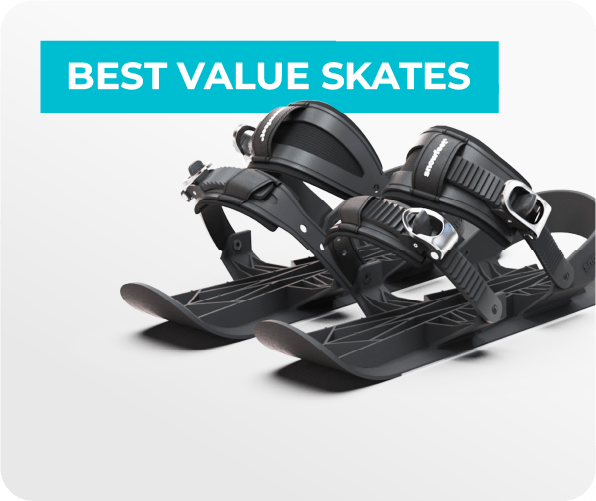
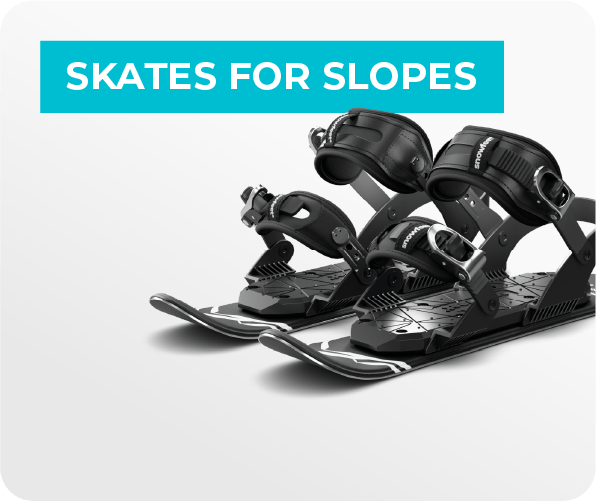
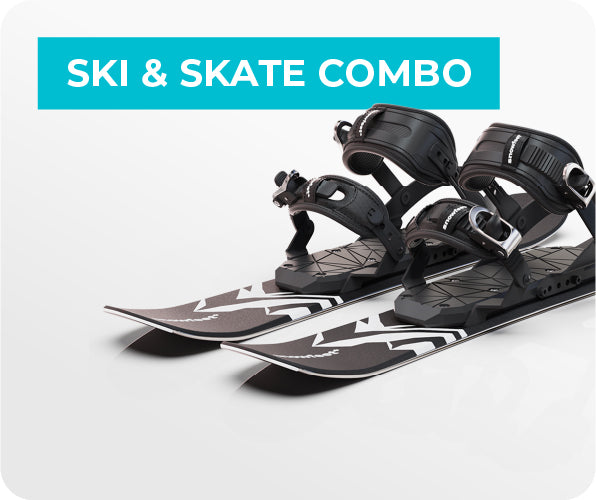
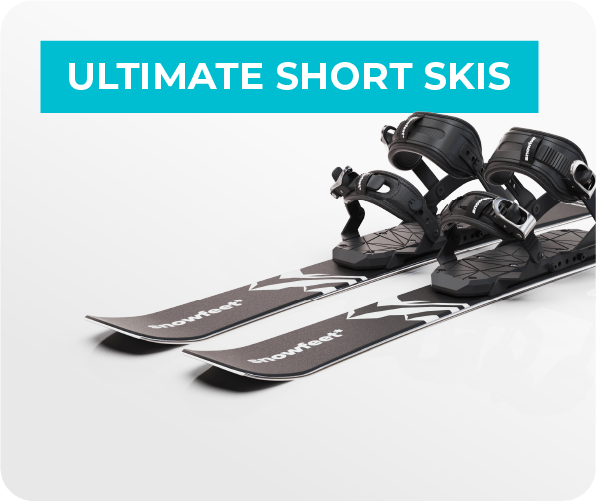
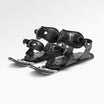
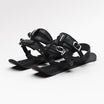
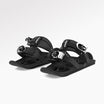
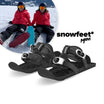
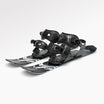
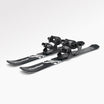
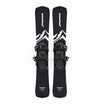
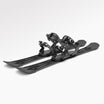
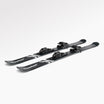
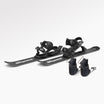
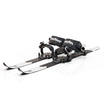
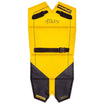
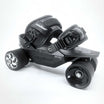

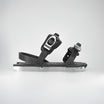
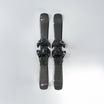
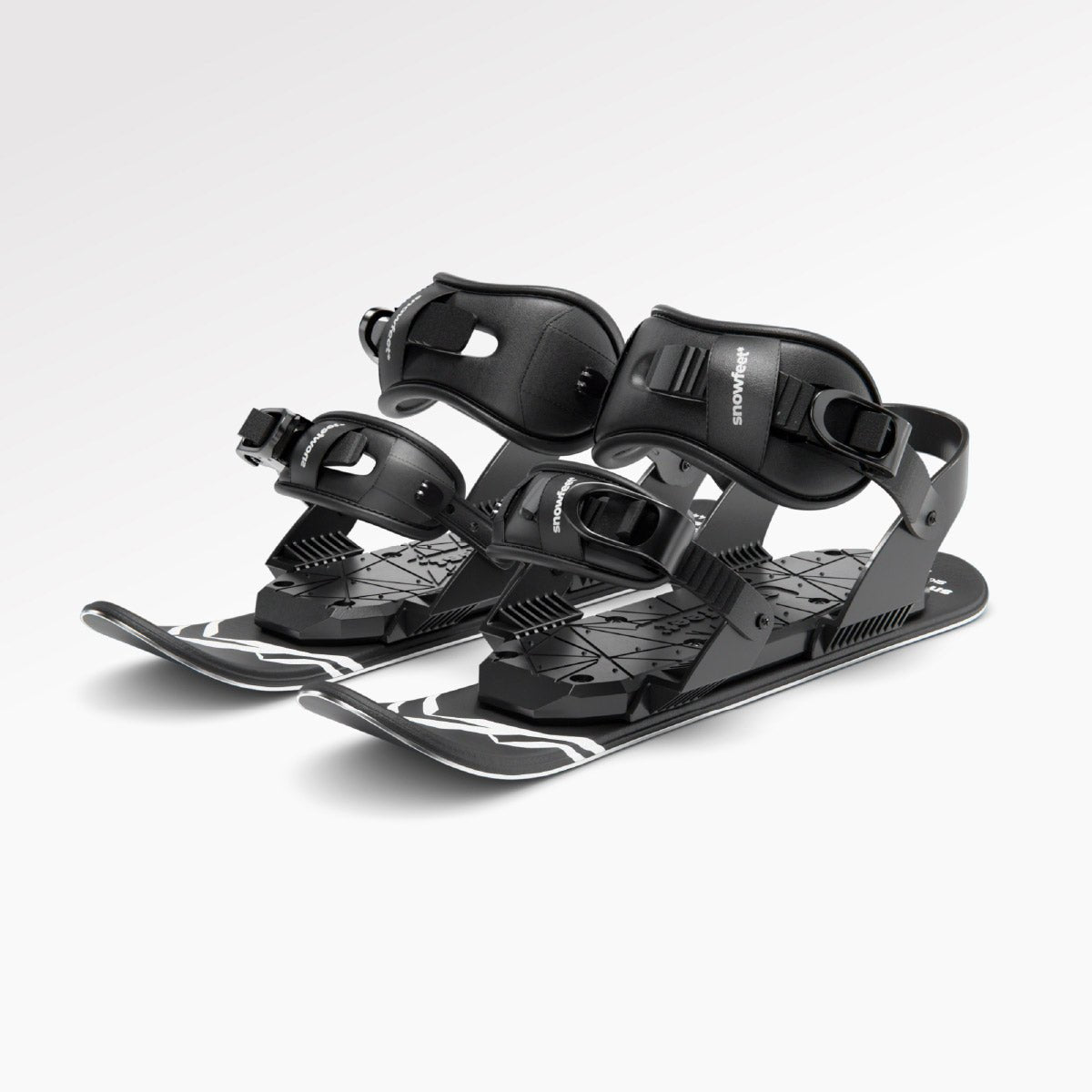
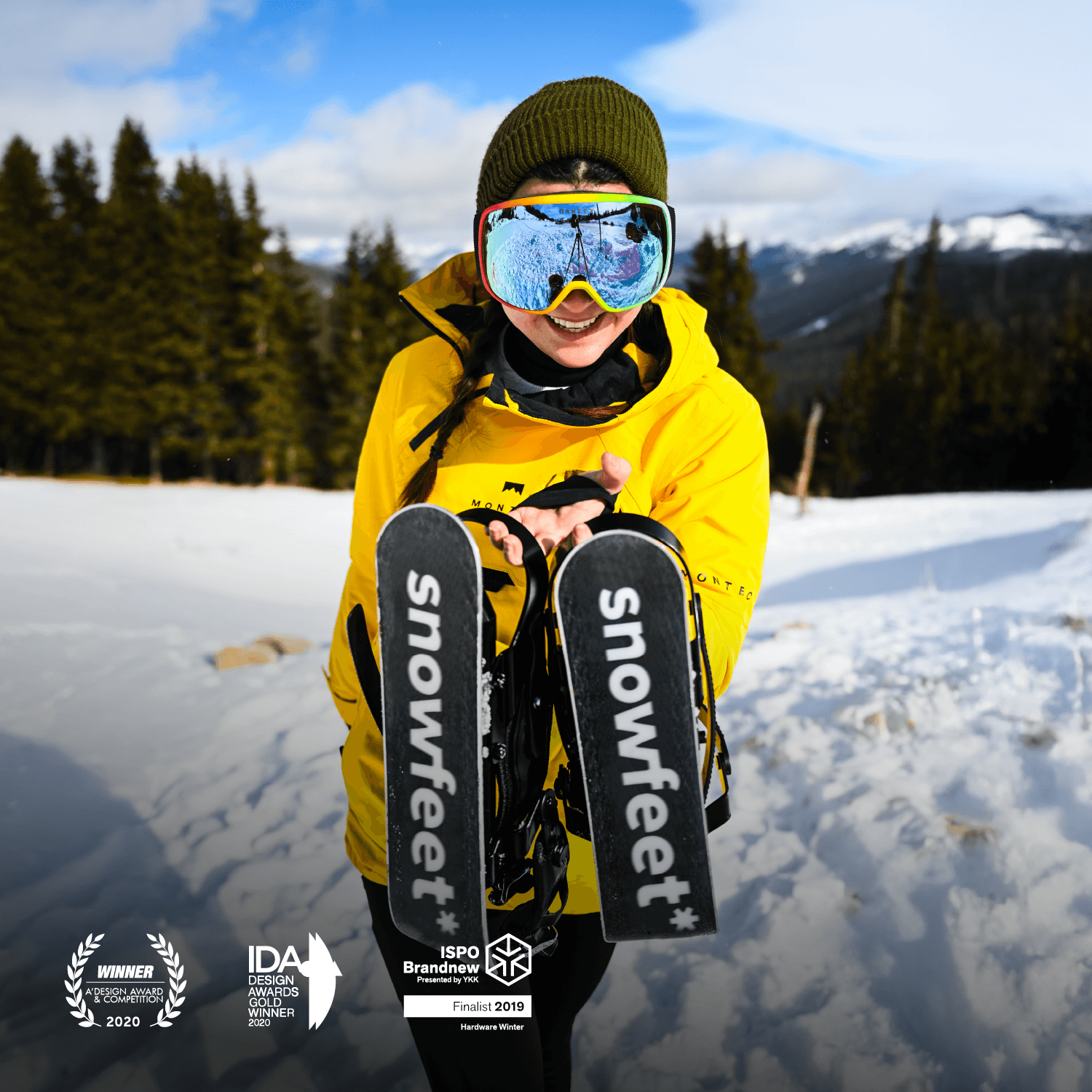
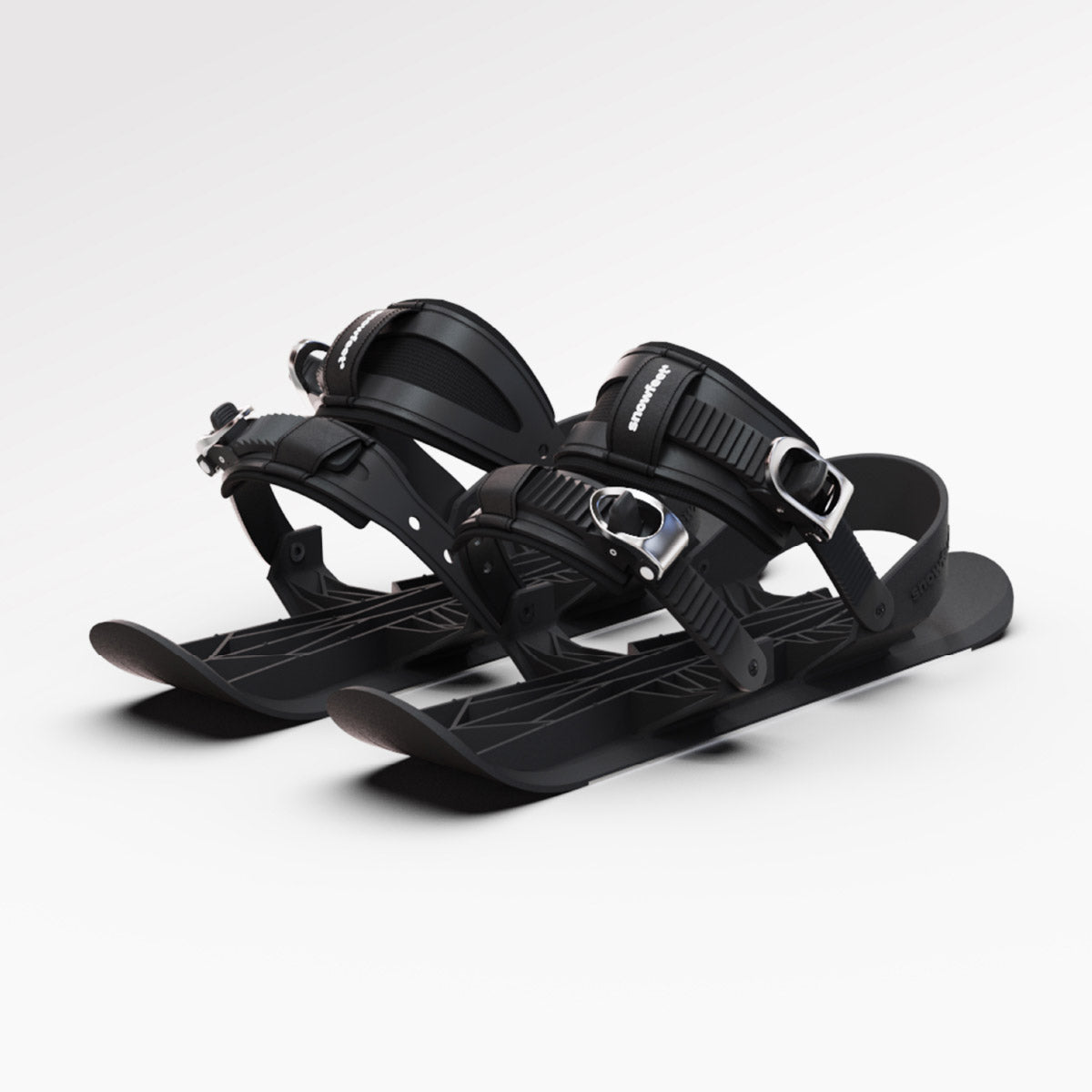
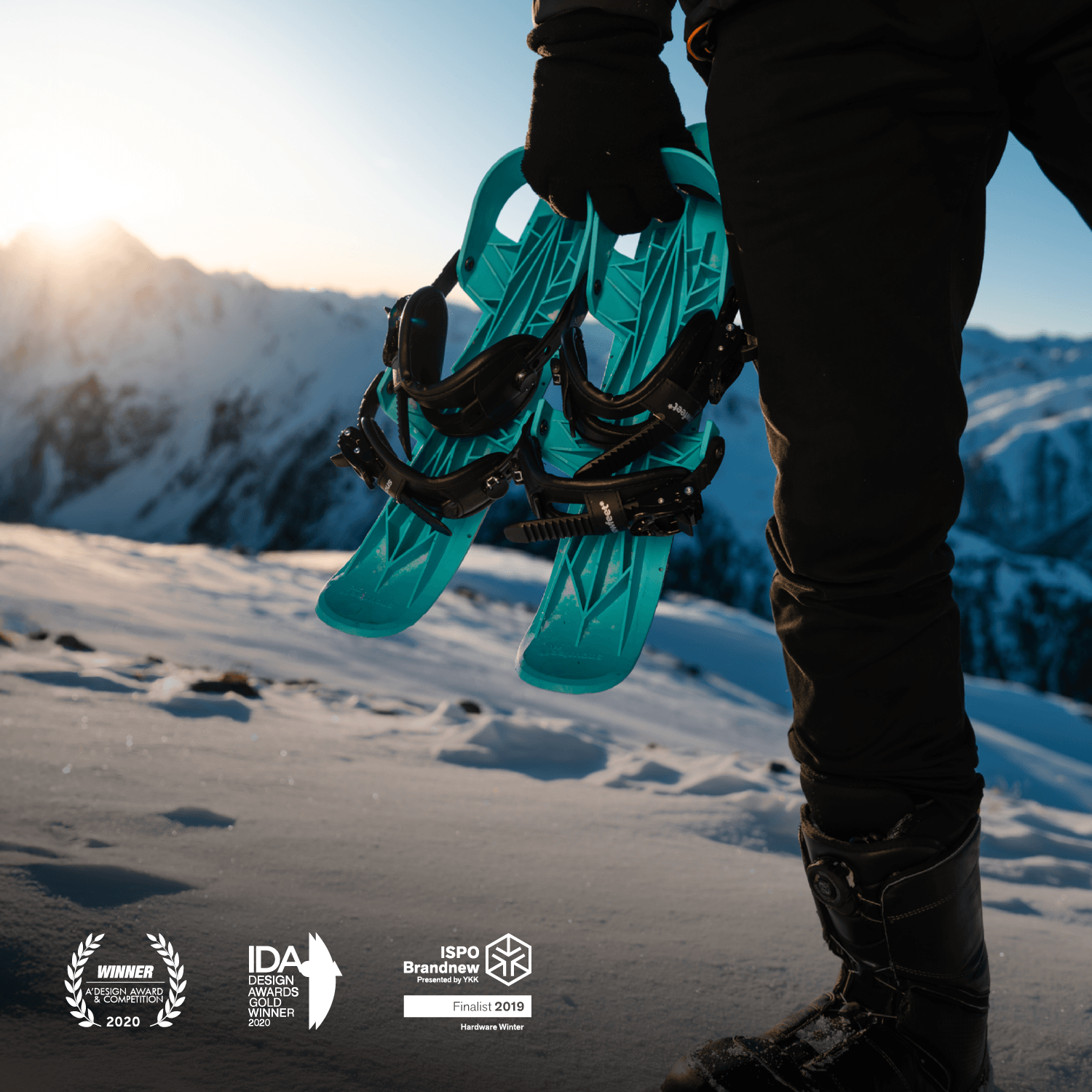
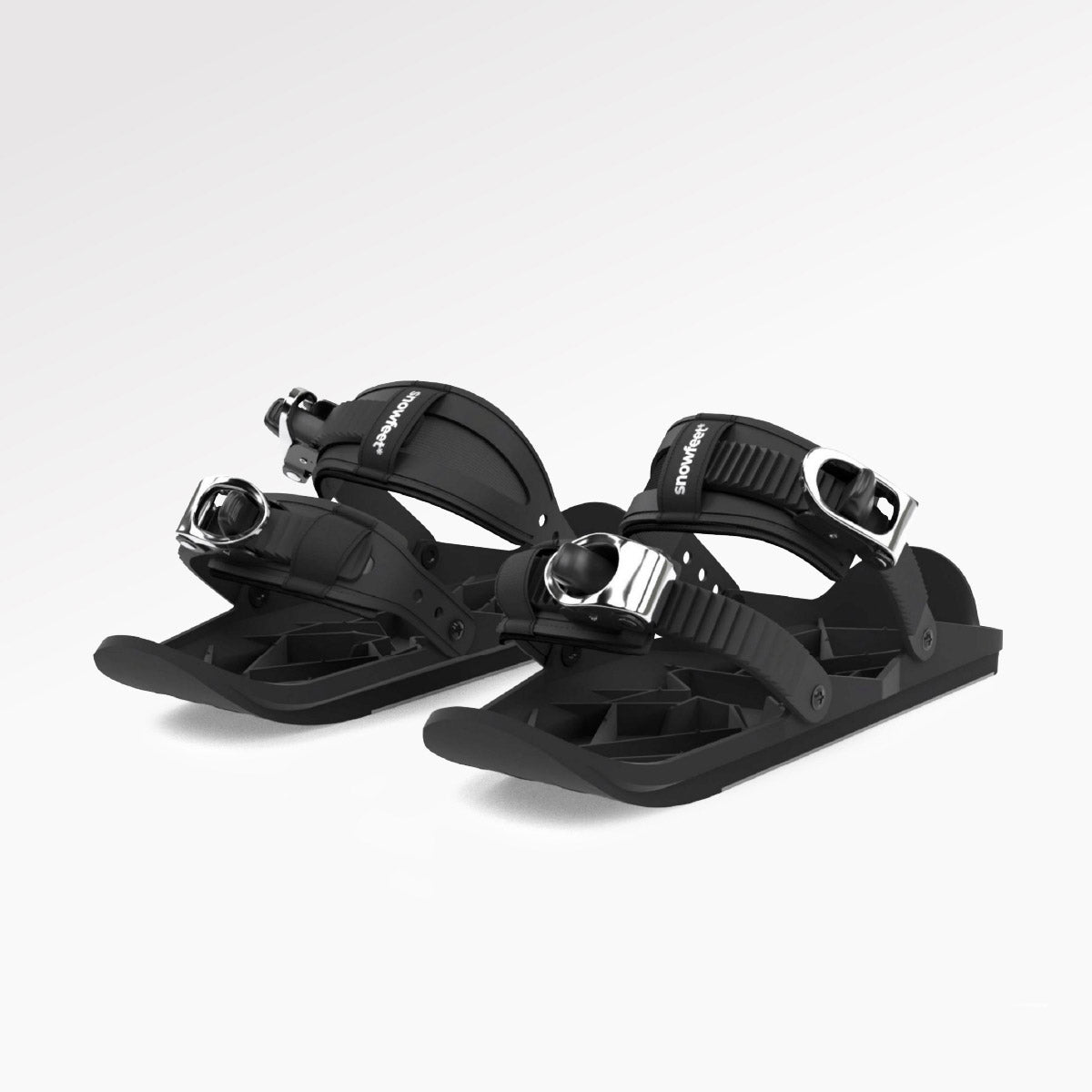
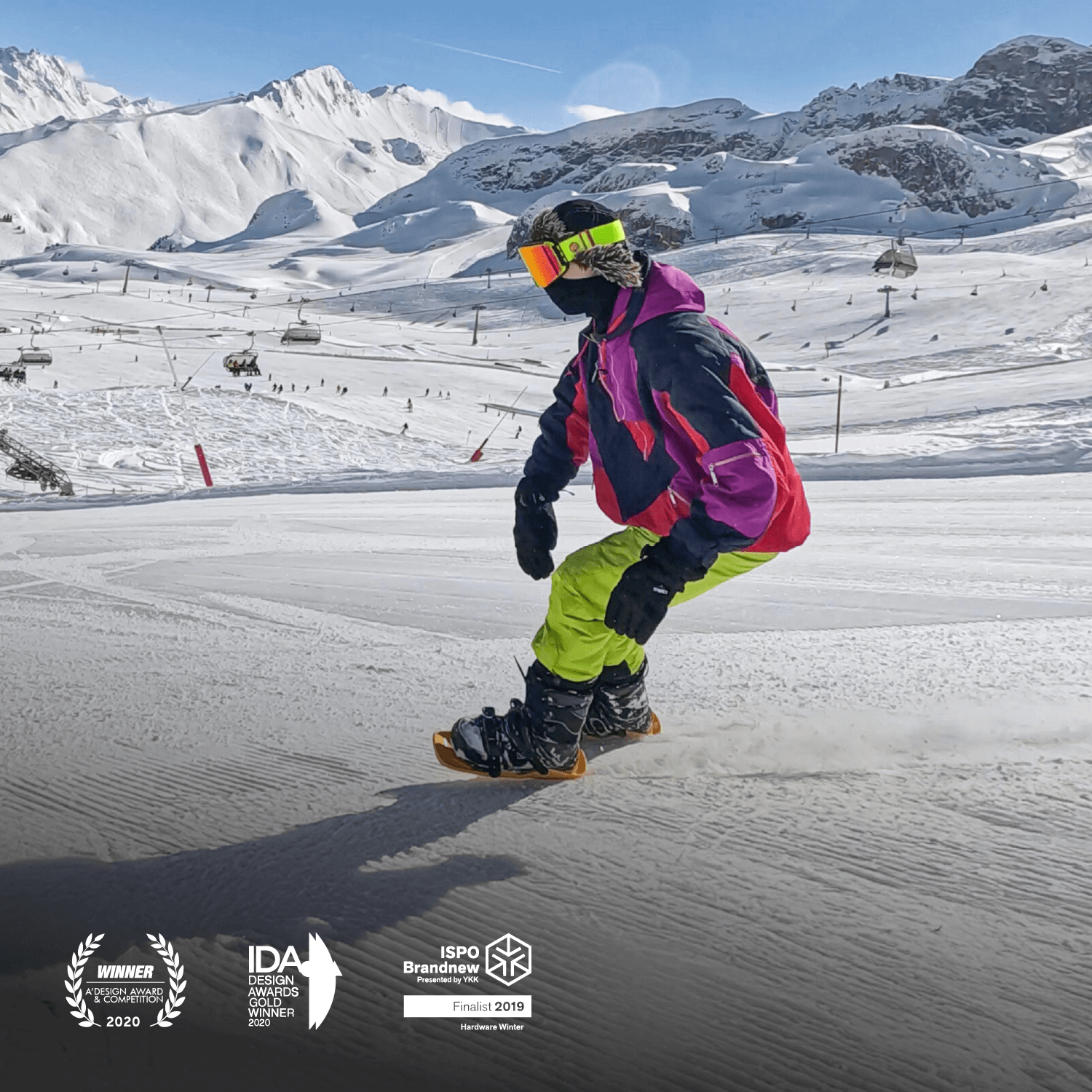
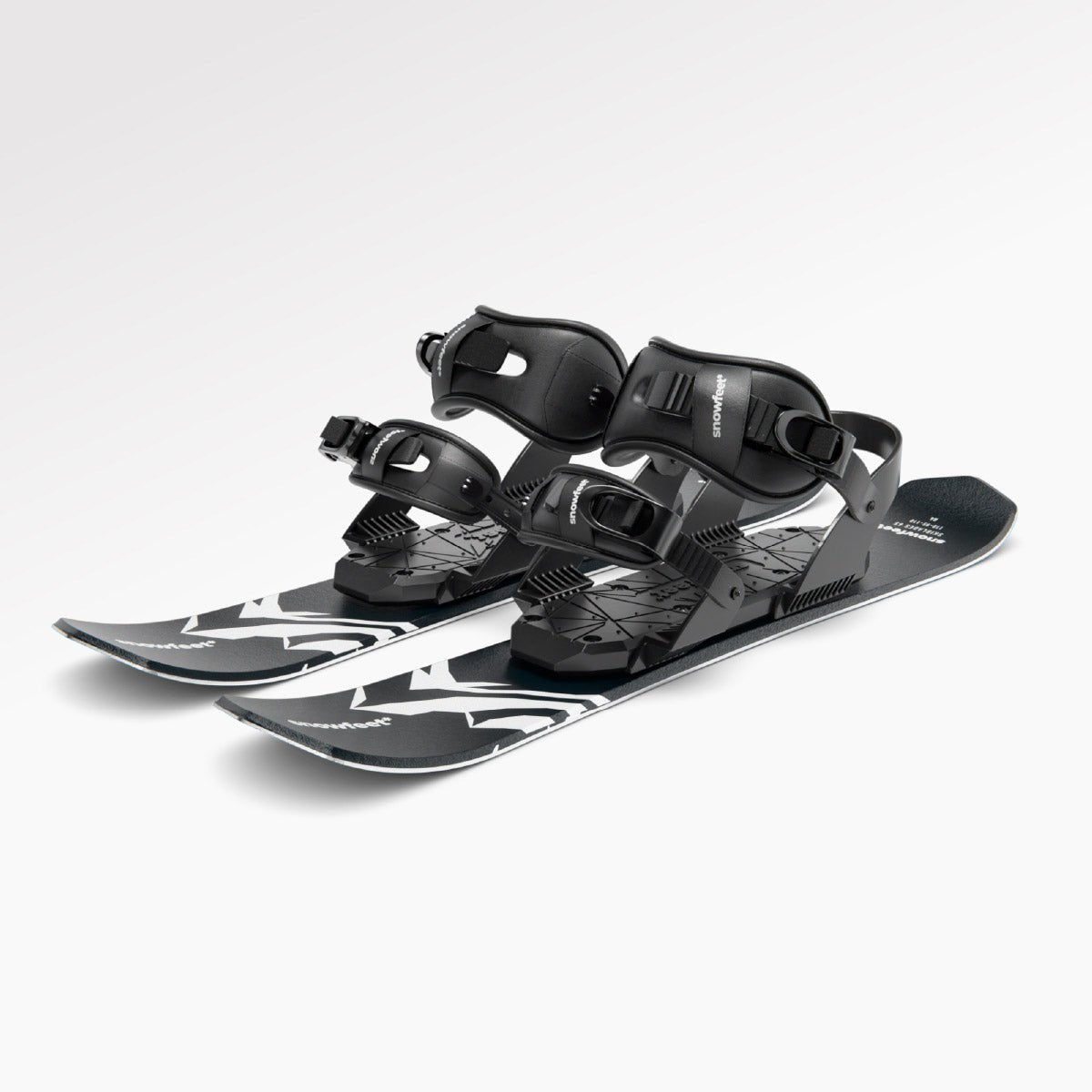
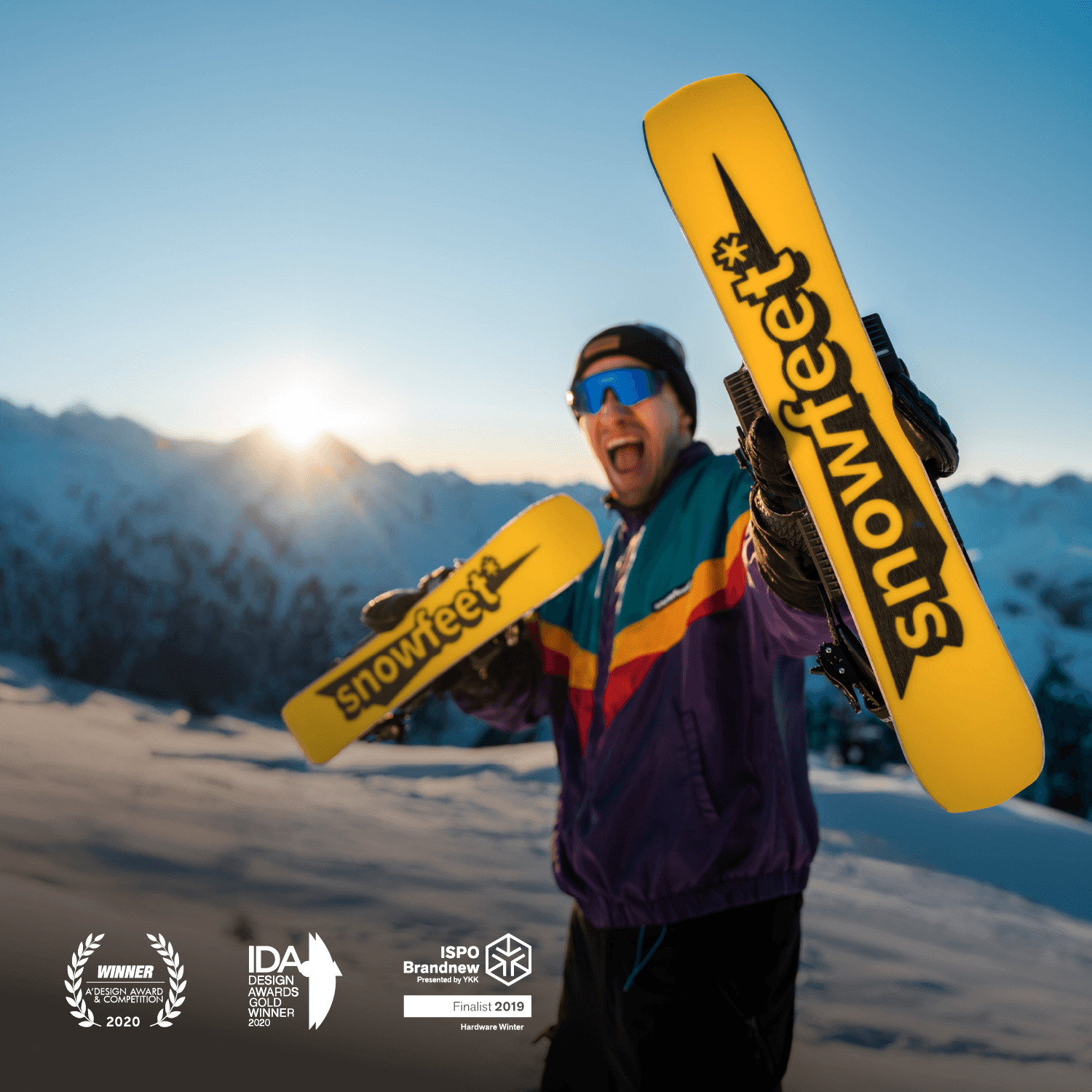
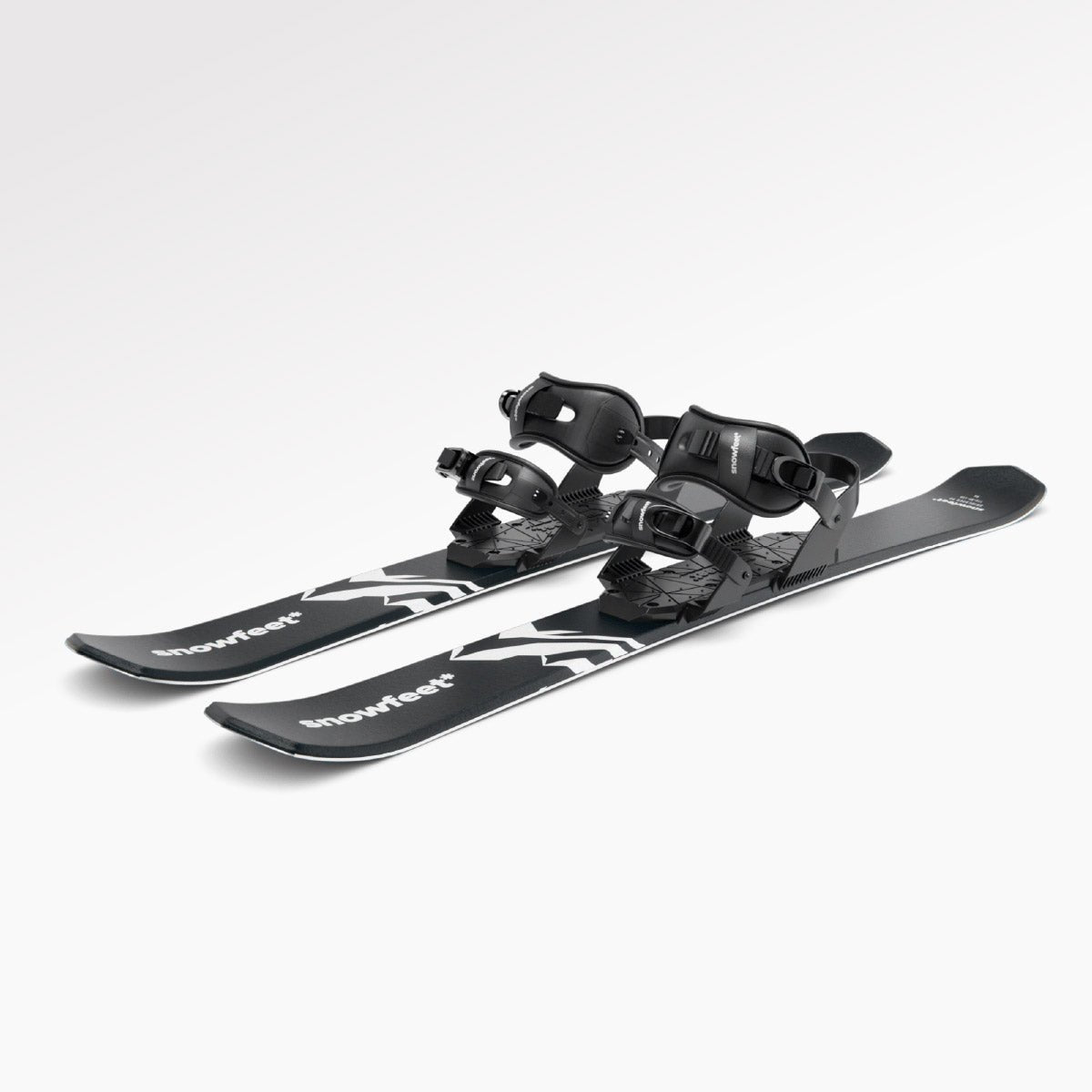
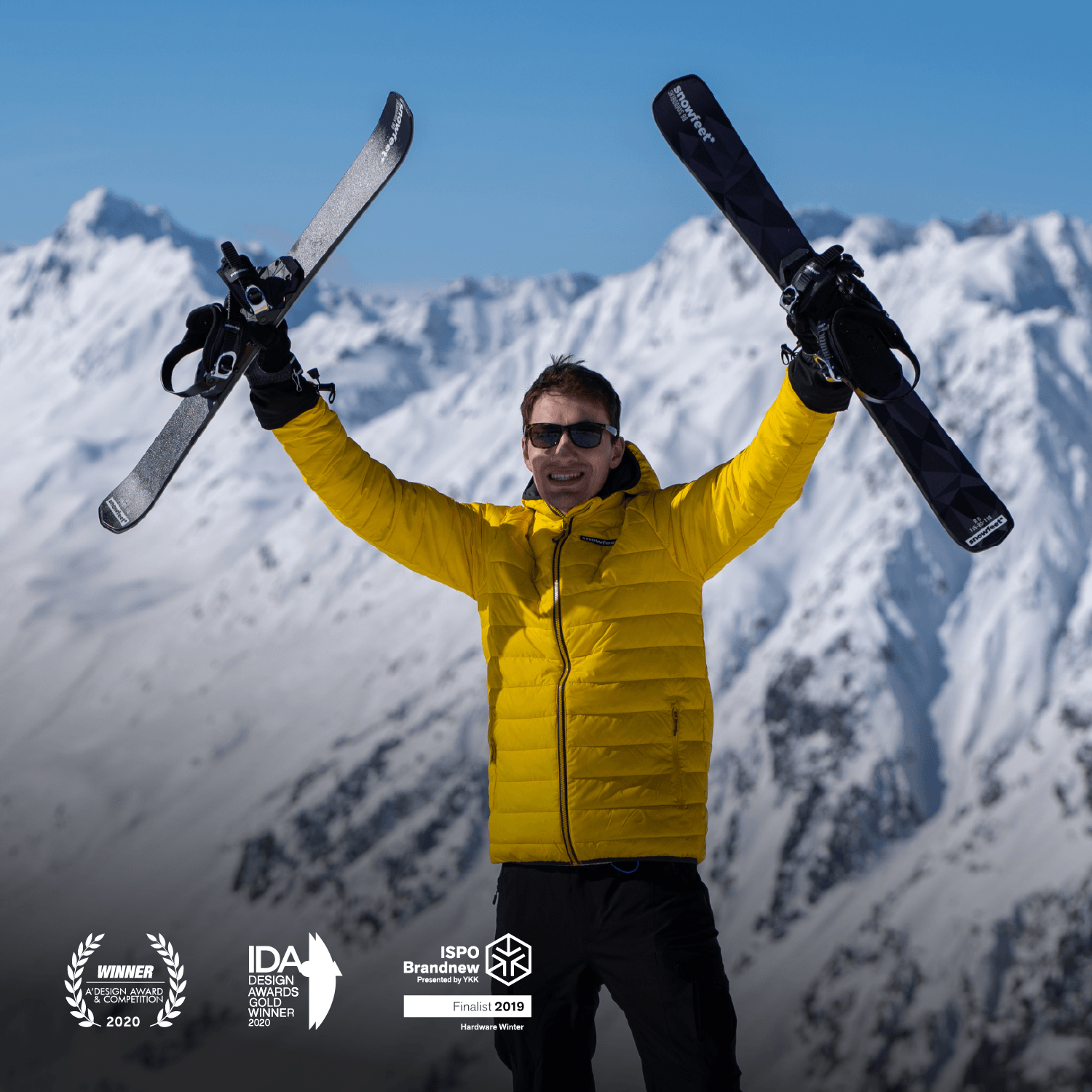
Zanechte komentář
Tento web je chráněn službou hCaptcha a vztahují se na něj Zásady ochrany osobních údajů a Podmínky služby společnosti hCaptcha.